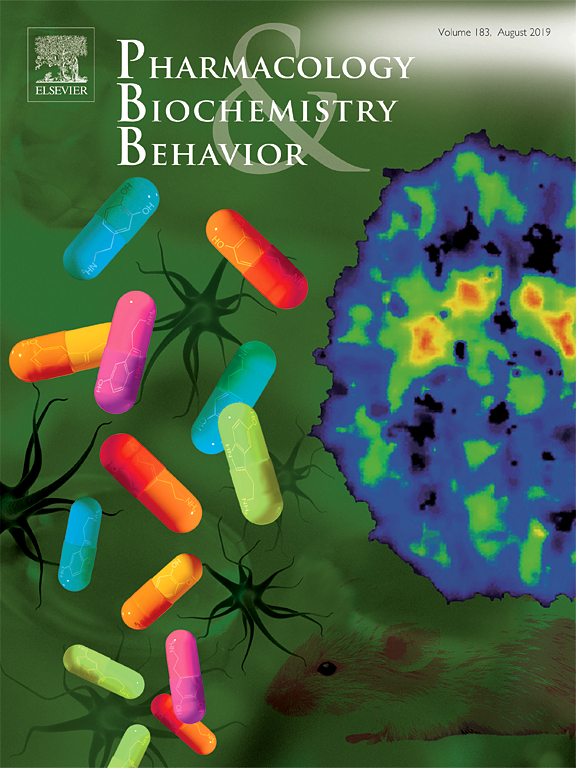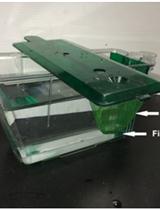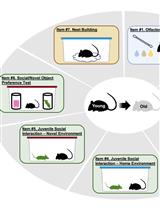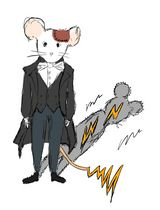- EN - English
- CN - 中文
A Standardized Tank Design for the Light Dark Task in Zebrafish
一种用于探究斑马鱼明暗节律的培养箱标准设计
(*contributed equally to this work) 发布: 2019年07月20日第9卷第14期 DOI: 10.21769/BioProtoc.3306 浏览次数: 4825
评审: Khyati Hitesh ShahXiaoyu LiuDivya Sitaraman
Abstract
The light dark paradigm is a common behavioral test used to screen a variety of pharmacological agents, including anxiogenics and anxiolytics. Although most often used in rodents, the light dark task has recently been adapted for use in zebrafish. However, a number of inconsistent findings have been reported for this species. Some have found zebrafish to prefer black, while others report a preference for light. Careful analysis of light dark preference experiments using zebrafish reveals significant variation in testing tank design and test conditions, including lighting and substrate color. Additionally, in some experiments the designated dark side of the testing tank is completely covered, producing a “cave-like” environment which further confounds results. Lastly, authors commonly use the terms “light vs. dark” interchangeably with “white vs. black”, when these are two separate factors that may influence preference: illumination level vs. background shade. To address these limitations, we designed testing tanks that differentiate illumination vs. background shade preference in zebrafish. This design allows for simple standardization of light dark testing apparatus in zebrafish, and facilitates more reliable comparison across studies.
Keywords: Zebrafish (斑马鱼)Background
The light dark paradigm relies on rodents’ natural avoidance for open, well-illuminated areas, a behavior also called scototaxis (Champagne et al., 2010). Therefore, in the light dark task, rodents often spend more time in the dark compartment (Champagne et al., 2010; Hascoet et al., 2001). Alteration of this natural scototaxic response allows researchers to investigate the anxiogenic and anxiolytic properties of certain pharmacological agents (Sousa et al., 2006; Hascoet et al., 2001). While this paradigm has recently been adapted for use in zebrafish, the transference of this task from rodents to zebrafish has resulted in a number of inconsistencies. Unlike the nocturnal rodent, zebrafish are diurnal which may pose an issue for generalizing scototaxic and phototaxic responses across these species.
Although the light dark task has been used for a number of years in zebrafish, findings of zebrafish light dark preference remain inconsistent. Some studies have found zebrafish to prefer the black compartment (Serra et al., 1999; Maximino et al., 2010; Blaser and Peñalosa, 2011; Facciol et al., 2017), whereas others find preference for the light compartment (Gerlai et al., 2000; Champagne et al., 2010; Blaser and Peñalosa, 2011). In a study by Facciol et al. (2017), we suggested these inconsistencies may be due to a number of factors. Firstly, literature often confuses illumination level and background shade, using the term “light” interchangeably with “white”, and “dark” with “black”. Additionally, light-dark studies in zebrafish have seen a significant variation in testing tank apparatus. Factors such as the use of substrate (i.e., sand or gravel), type and levels of lighting (e.g., ambient lighting vs. tank lighting), and presence of dividers between compartments have not been kept constant across studies. These inconsistencies make it difficult to compare results across studies and may contribute to the discordant findings obtained in recent years. If these inconsistencies are indeed due to variation in testing design, standardization of testing methods is highly important for correct interpretation of pharmacological studies. The purpose of this protocol is to outline the construction and implementation of a standardized testing design for the light-dark task in zebrafish. We hope that this standardization will allow for better cross study comparison and proper interpretation of results of analyses of pharmacological agents obtained with the light-dark paradigm.
Materials and Reagents
- Zebrafish
- Ethanol (100% ethyl alcohol anhydrous, Commercial Alcohols)
Equipment
- Four 1.5 L tanks for pre-exposure (Aquaneering, catalog number: ZT140, Figure 1)
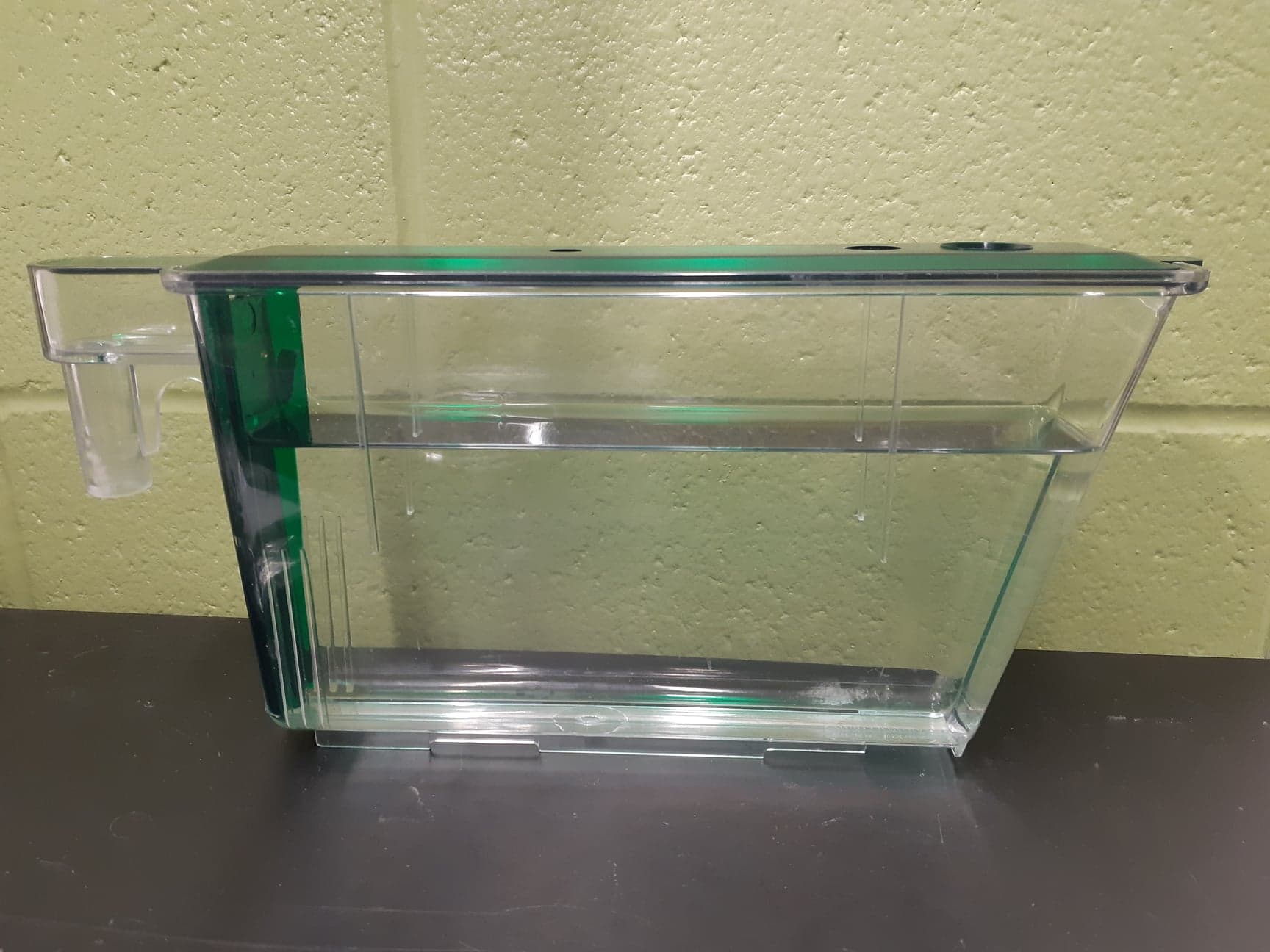
Figure 1. Pre-exposure tanks - Two larger tank lights for above pre-exposure tanks (Aqueon fluorescent light strip, 36-inch, 15 watt)
- Fish nets (Underwater Treasures, catalog number: 4473)
Note: It is important to have two different sets of nets for control and ethanol tanks, to avoid ethanol cross-contamination. - Four small, clear, plastic holding containers (one for each testing tank, Figure 2) (Walmart, UPC 7169149736, or something of equivalent size)
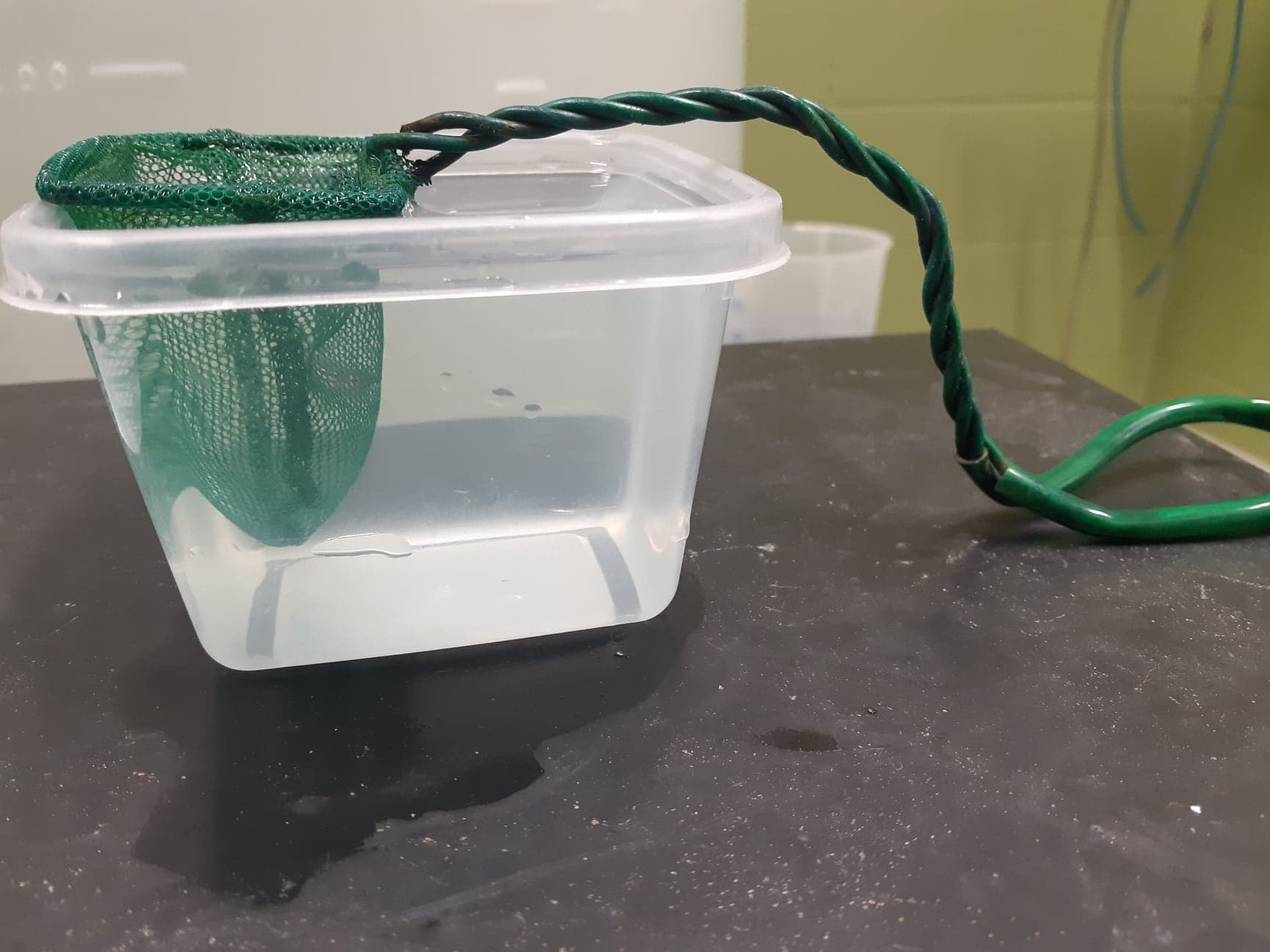
Figure 2. Holding containers - Four cameras for behavioral recording (JVC Everio GZ-MG750RU)
- Four 40 L glass tanks (50 cm x 30 cm x 25.5 cm)
- Four aquarium light fixtures (Aqueon fluorescent light strip, 18-inch, 15 watt)
- White and black corrugated plastic sheets (Home Depot, SKU 1000171720)
- Ruler
- Pencil/pen
- Scissors/exactoknife
- Aquarium safe silicone (Aqueon, catalog number: 12888)
Procedure
文章信息
版权信息
© 2019 The Authors; exclusive licensee Bio-protocol LLC.
如何引用
Facciol, A., Tran, S. and Gerlai, R. (2019). A Standardized Tank Design for the Light Dark Task in Zebrafish. Bio-protocol 9(14): e3306. DOI: 10.21769/BioProtoc.3306.
分类
神经科学 > 行为神经科学 > 实验动物模型
您对这篇实验方法有问题吗?
在此处发布您的问题,我们将邀请本文作者来回答。同时,我们会将您的问题发布到Bio-protocol Exchange,以便寻求社区成员的帮助。
Share
Bluesky
X
Copy link



